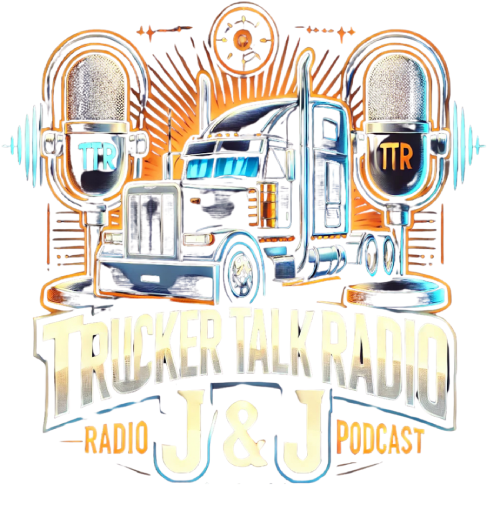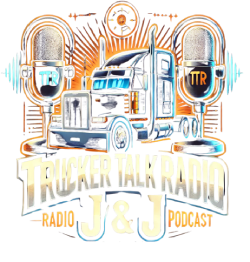Uber Freight: Revolutionizing Logistics
When Lior Ron mentions “Uber for trucks,” investors can’t help but take notice, setting aside their usual skepticism. It’s not just another tech pitch; Ron’s claim is backed by unique access to Uber’s technology as the head of Uber Freight, a logistics branch that launched in 2017. Uber Freight acts as a bridge, linking shippers with available carriers, and has successfully secured over $1 billion in investments.
Amid challenges like increasing fuel costs, inefficiencies, and an aging workforce in trucking, Ron aims to “simplify logistics to help communities thrive.” His strategy involves a technology-driven approach that fosters trust, reduces costs, and maximizes the earnings potential for carriers.
Uber Freight caters to a spectrum of shippers, from major corporations to smaller independents, while also supporting the 1.7 million truck drivers across North America who utilize the platform. By adopting this new model, truck companies can discover additional revenue opportunities and more efficient load booking processes.
However, breaking into the logistics sector involves more than merely applying existing technology from Uber. During a recent interview with McKinsey’s Vik Krishnan, Ron explained that achieving success required swiftly developing new capabilities and a deeper understanding of logistics, all while maintaining the agility of a start-up.
The Evolution of Logistics
Ron identifies a significant operational challenge in the trucking industry: inefficiency in the coordination between shippers and drivers, much of which still relies on outdated methods like faxes and phone calls. This leads to many trucks running empty, with a staggering 30 percent chance of being unutilized on any given trip. Furthermore, as trucking costs rise and the average driver ages, attracting new talent presents additional hurdles.
To address these issues, Uber Freight seeks to digitize the supply chain infrastructure, thereby streamlining processes and reducing empty miles. This modernization not only fosters a more approachable environment for carriers but also enhances profitability while offering shippers a more efficient logistics experience.
Building Trust Through Technology
Ron emphasizes the importance of relationships in logistics, underscoring the necessity of trust when partnering with businesses. While traditional relationships remain vital, Ron believes technology can significantly bolster these connections. By leveraging technology, Uber Freight can minimize disruptions akin to how the Uber app quickly provides another driver when needed. This transparency in pricing and operations further cultivates trust with clients.
In terms of growth strategy, Ron acknowledges both organic development and acquisitions are essential for advancing Uber Freight’s capabilities. The recent acquisition of Transplace allowed them to merge their supply-side strengths with shipper technology, creating a more unified end-to-end logistics platform that enhances service for both carriers and shippers.
Future Vision for Uber Freight
Looking ahead five years, Ron foresees Uber Freight evolving into a comprehensive cloud-based logistics platform that synchronizes relationships with carriers, shippers, and warehouses globally. This ecosystem aims to reduce both costs for shippers and boost earnings for carriers, while also addressing the important adoption of sustainable electric and autonomous vehicles, potentially alleviating the shortage of truck drivers.


